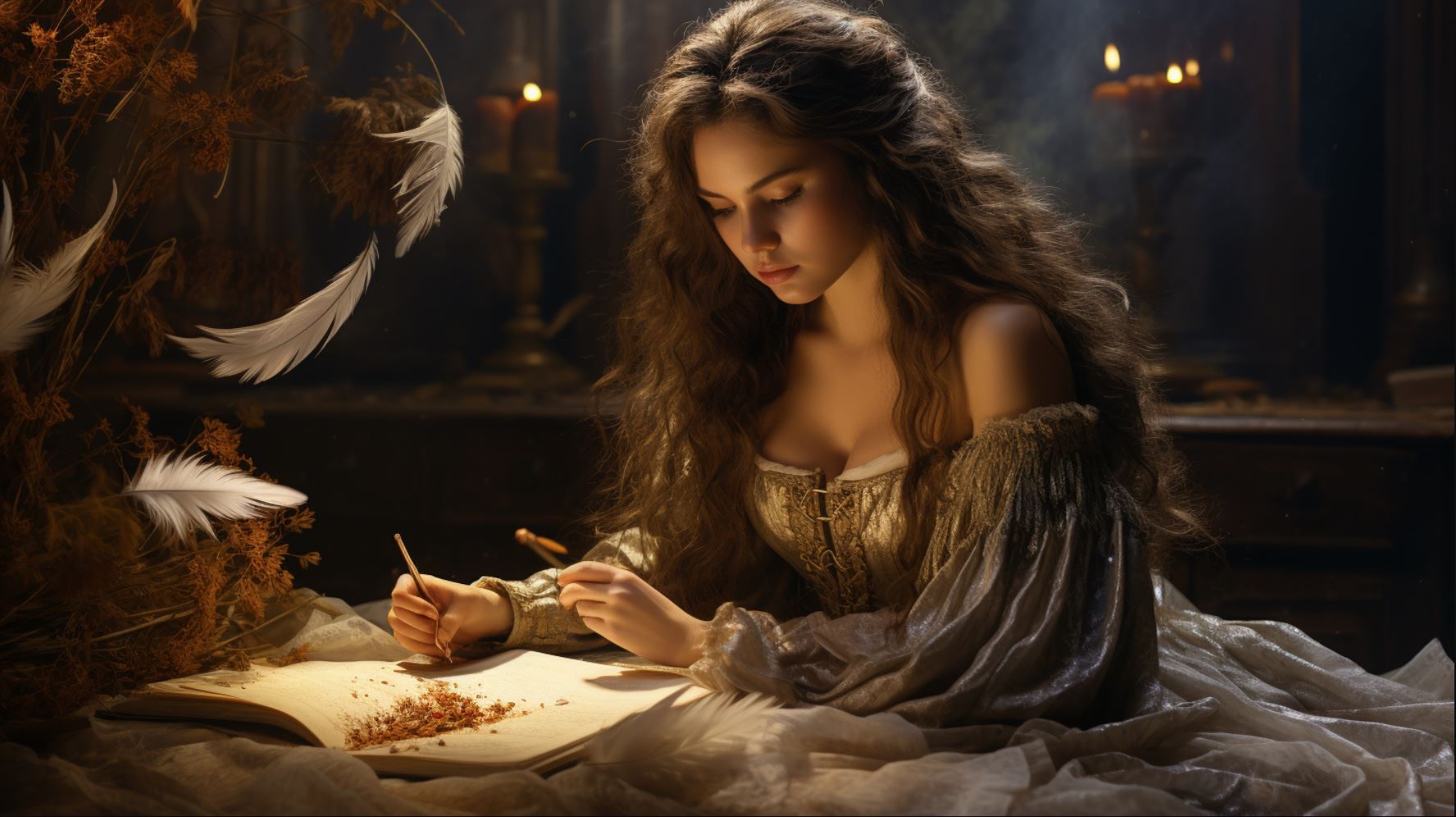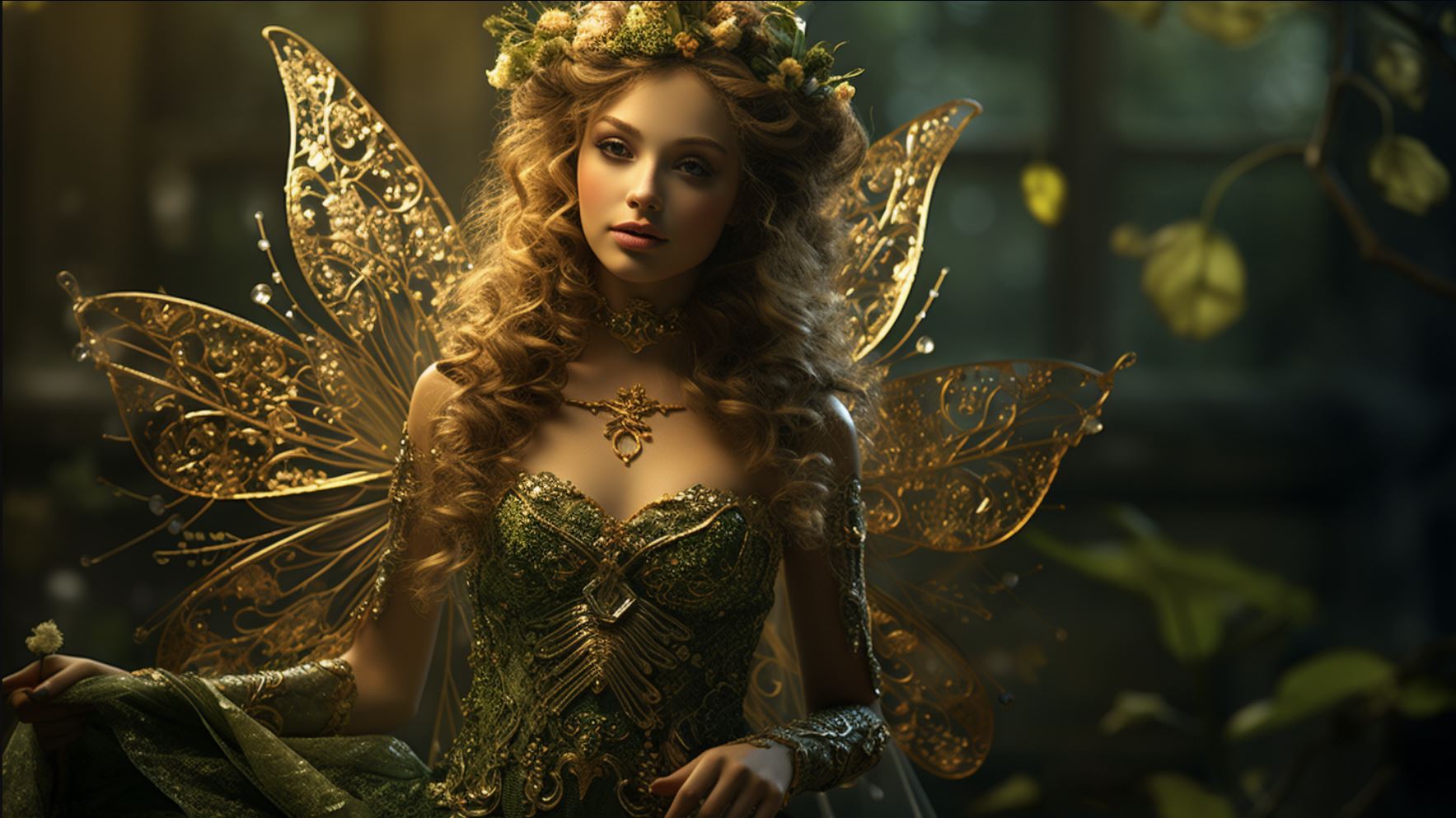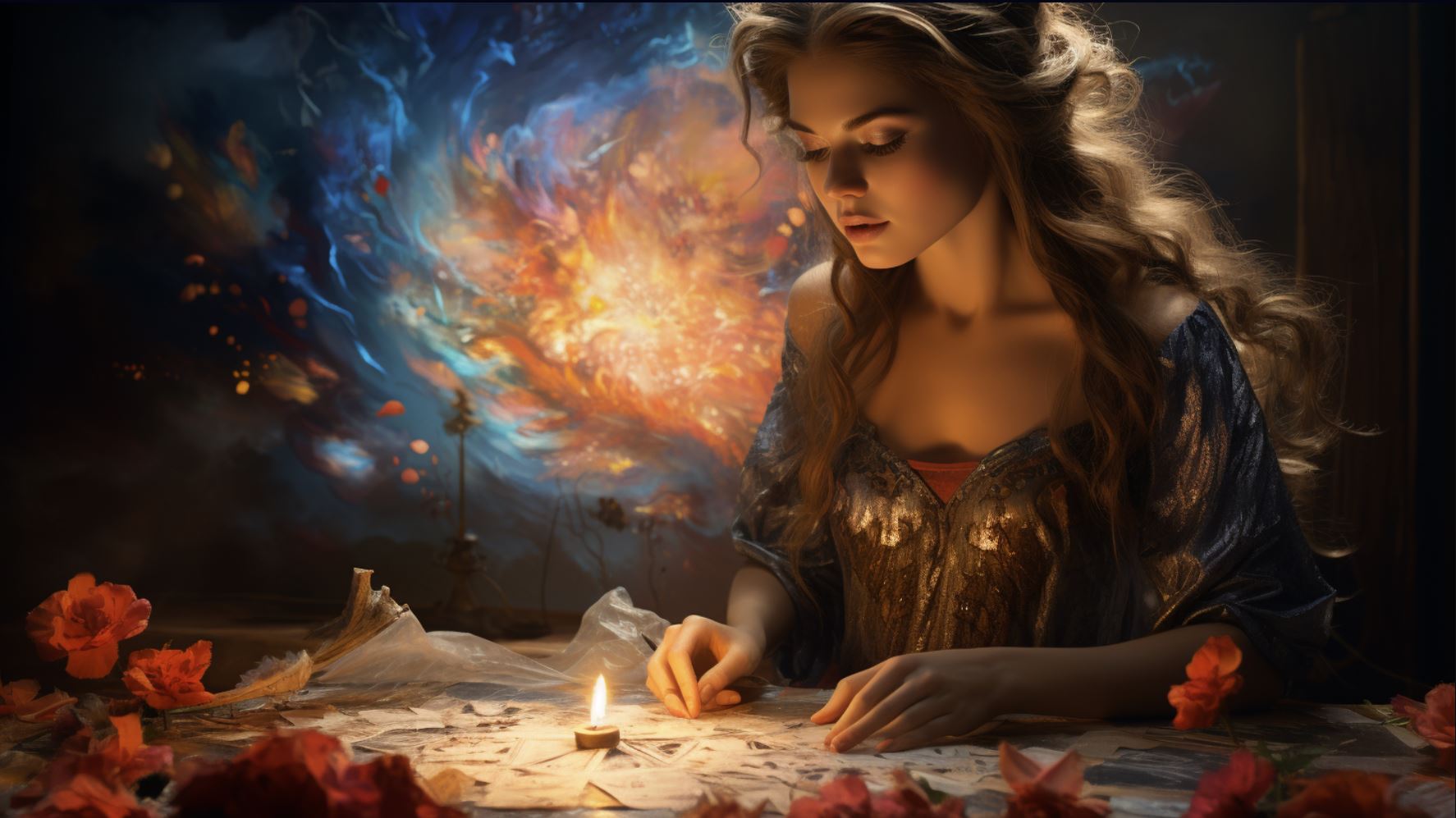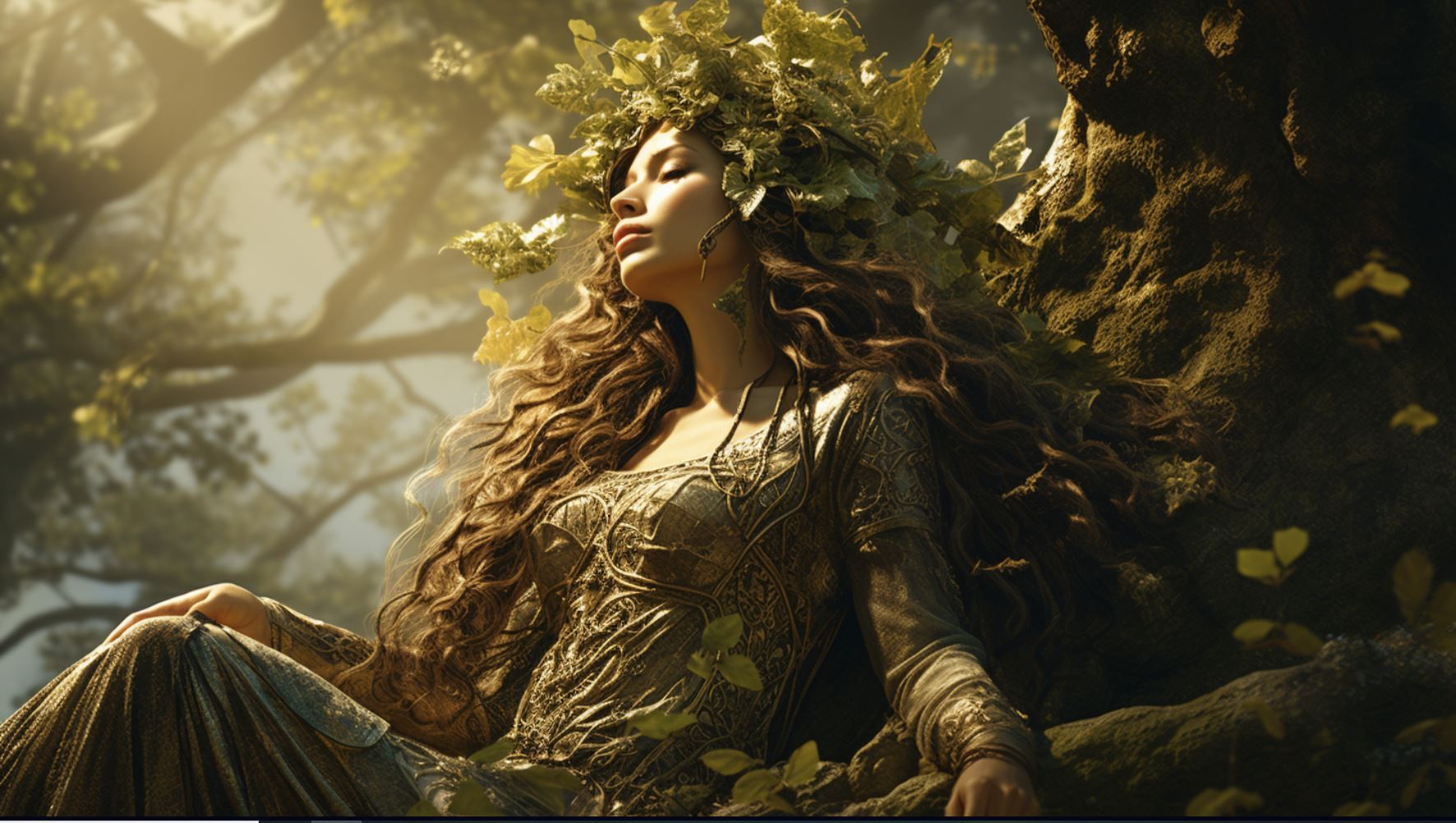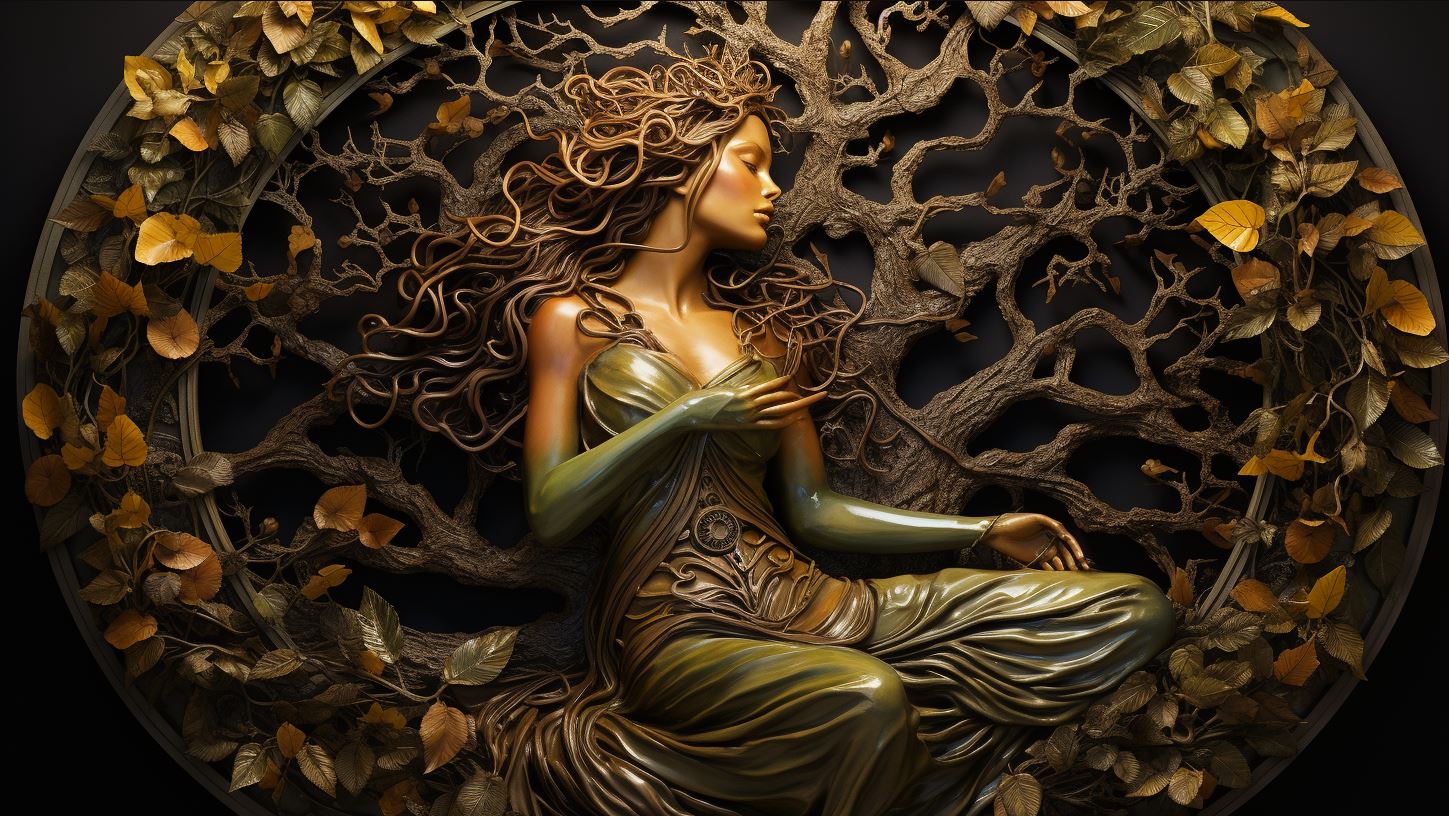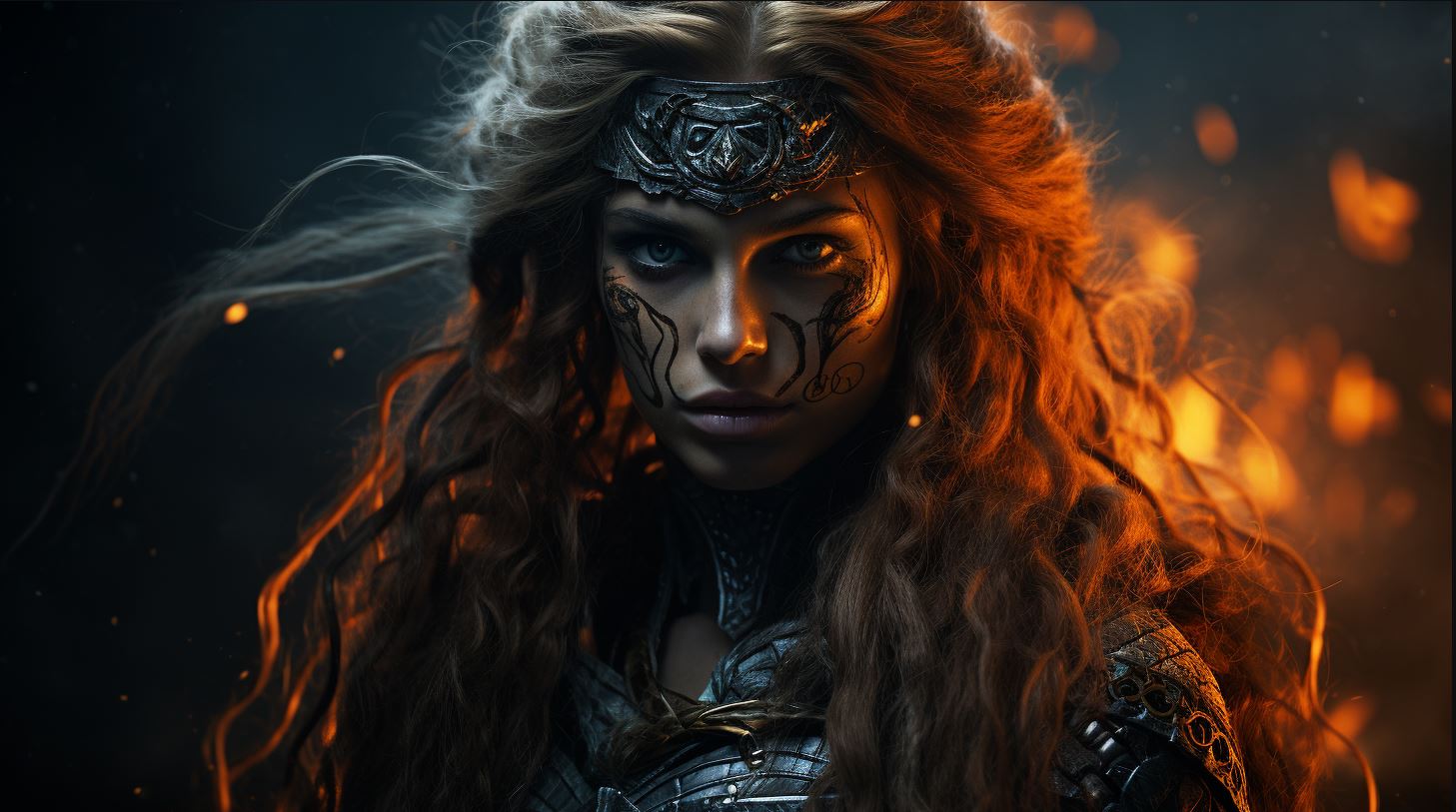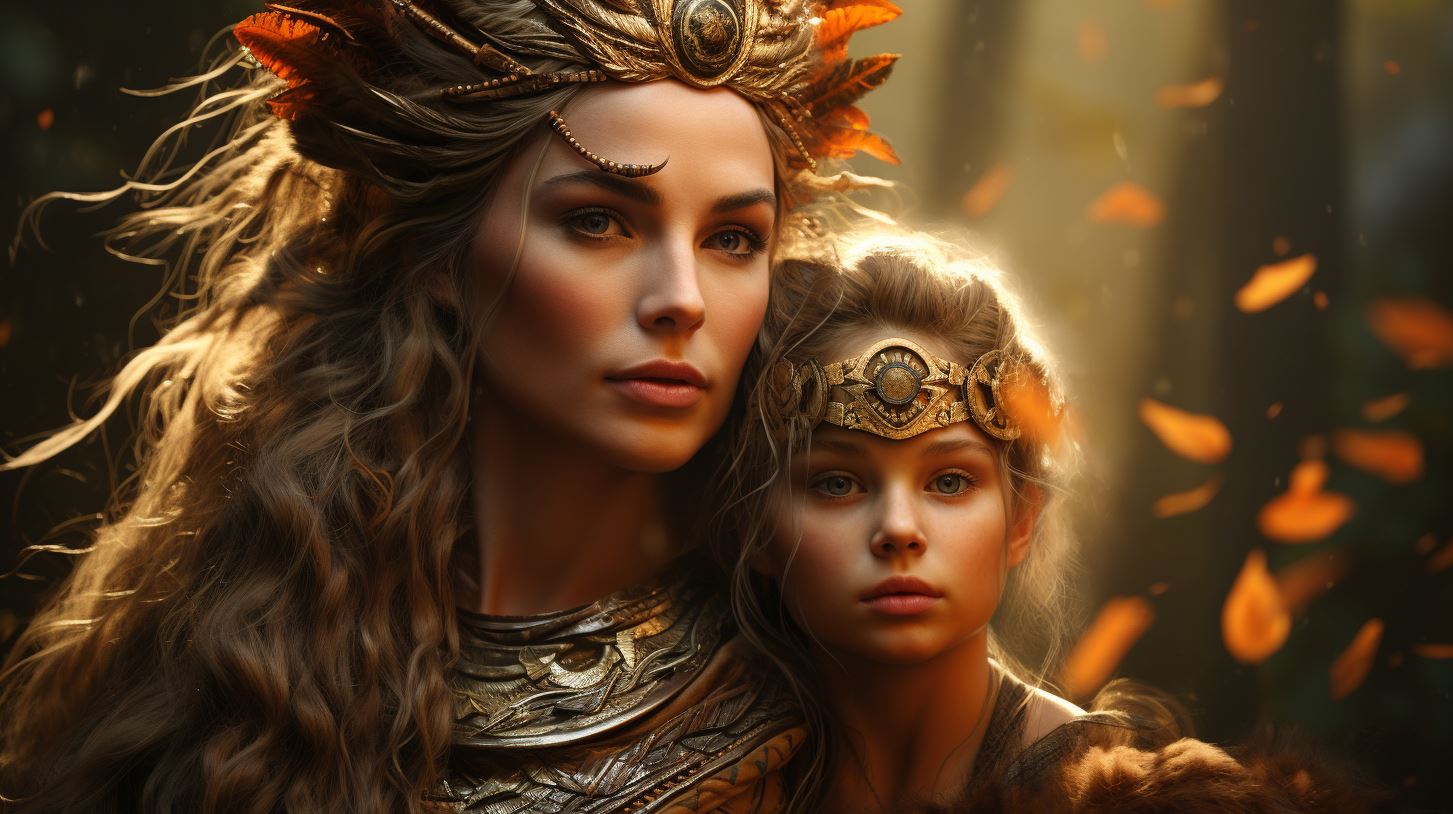Aengus Celtic God: Exploring the Mythology and Influence of the Celtic Deity
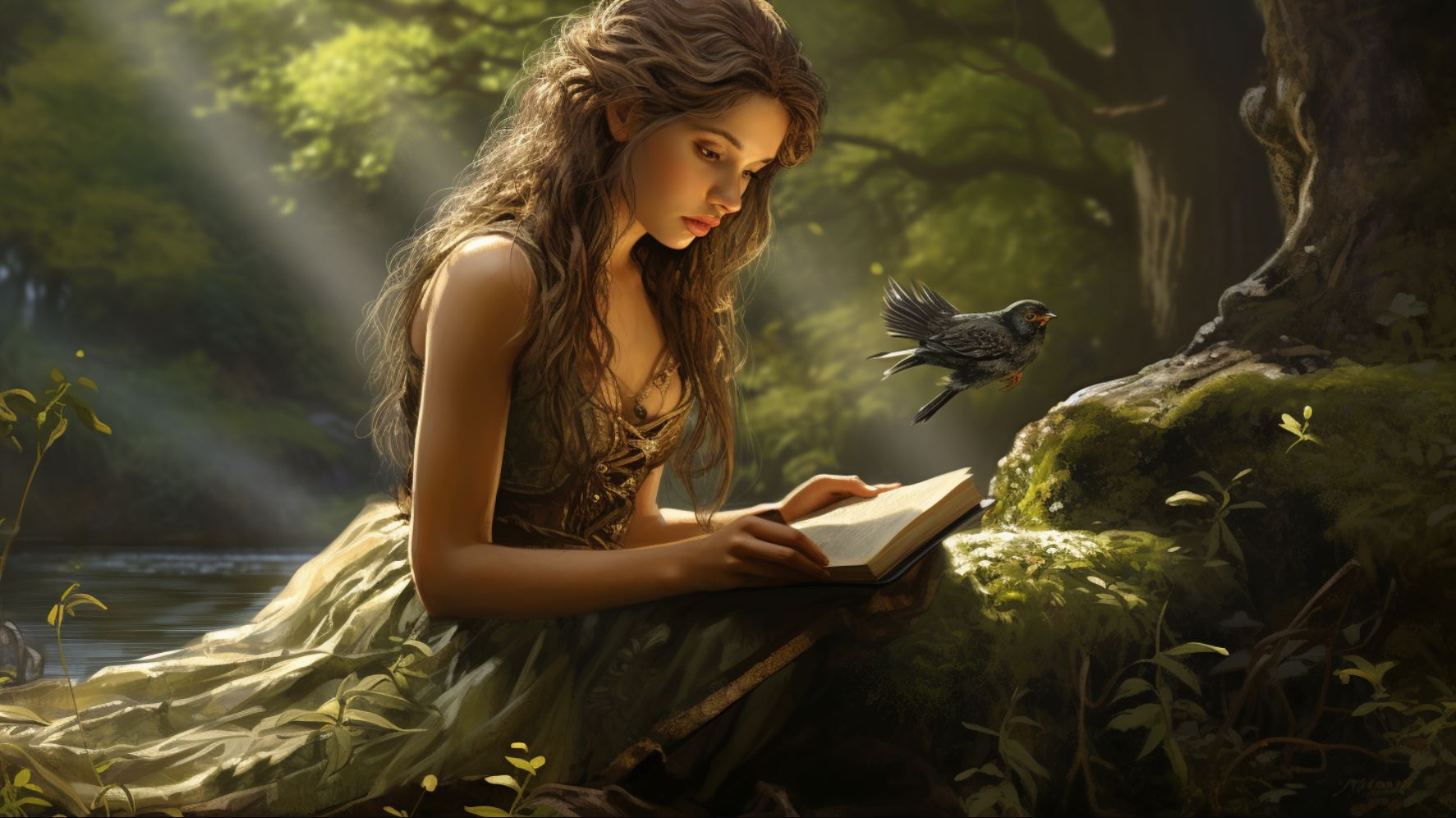
Aengus Celtic God, also known as Aengus Óg or Angus Óg, is a prominent figure in Celtic mythology and an integral part of Irish folklore. He is associated with youth, love, summer, and poetic inspiration.
Aengus plays significant roles in various Irish myths and holds connections to both the Celtic deity Maponos and the Welsh mythical character Mabon.
Discover more about Aengus Óg’s origins, stories, and the fascinating world of Irish mythology.
The Mythical Origins of Aengus Óg
Aengus Óg, a prominent figure in Celtic mythology, has captivating mythical origins steeped in Irish folklore. This section delves into the parentage and genealogy of Aengus Óg, shedding light on his divine lineage.
We also explore the significant associations and symbolism attributed to this enigmatic deity.
Parentage and Genealogy of Aengus Óg
Aengus Óg, also known as Angus Óg, is the son of Dagda, a powerful god in Irish mythology, and the goddess Boann. Dagda, associated with wisdom and abundance, is a notable figure among the Tuatha Dé Danann.
Boann, linked to the river Boyne, adds an element of divine femininity to Aengus’s lineage.
This divine parentage places Aengus Óg within the esteemed Tuatha Dé Danann, a race of supernatural beings celebrated in Irish folklore.
The divine blood flowing through his veins imparts him with extraordinary qualities and attributes.
Associations and Symbolism of Aengus Óg
Aengus Óg embodies various significant associations and symbolism within Celtic mythology. He represents youth, love, the summer season, and poetic inspiration. As the god of youth, Aengus radiates vitality and eternal youthfulness.
Love and desire are intricately intertwined with Aengus’s essence, making him synonymous with romance and devotion. His association with the summer season reflects the joyful and vibrant aspects of this time of year.
Additionally, Aengus’s connection to poetic inspiration intertwines his influence with the realm of creativity and artistic expression.
The symbolism surrounding Aengus Óg evokes imagery of beauty, passion, and the eternal cycle of renewal.
His mythical attributes leave a lasting impact on Irish culture and continue to inspire artists, poets, and individuals seeking new beginnings and artistic inspiration.
Stay tuned as we delve further into Aengus Óg’s role in Irish mythology and his cultural significance within the intricate tapestry of Irish folklore.
In the next section, we explore the tales, stories, and significant roles this enigmatic deity plays in the mythical landscape.
Aengus Óg in Irish Mythology
Significant Roles and Stories Featuring Aengus Óg
Aengus Óg, the Celtic god associated with youth, love, and poetic inspiration, plays a prominent role in various captivating myths of Irish folklore. One significant story featuring Aengus Óg is “The Dream of Aengus,” where he falls in love with a mysterious woman seen in his dreams.
This enchanting tale explores themes of love, longing, and the pursuit of happiness.
In another myth, Aengus Óg is involved in the poignant story of “The Wooing of Étain,” in which he assists the mortal hero Midir in his efforts to win the love of the beautiful Étain.
This narrative delves into themes of desire, fate, and the complexities of human relationships.
Throughout Irish mythology, Aengus Óg’s stories showcase his divine powers, his interactions with other deities, and his role as a facilitator of love and desire.
Discover the rich tapestry of these tales and the profound impact they have had on Irish folklore and culture.
Connections to Other Celtic and Welsh Figures
Aengus Óg’s influence extends beyond Irish mythology and intersects with the realms of Celtic and Welsh folklore. One notable connection is with the Celtic deity Maponos, who shares similarities in their roles as gods of youth and inspiration.
They both embody the vitality and vigor of youth, offering insight into the perennial themes of life and growth.
Additionally, Aengus Óg is associated with the Welsh character Mabon, reflecting the cultural and mythological exchange between the Celtic peoples.
This connection highlights the interconnectedness of ancient mythologies and their enduring significance.
Explore the intricate web of connections between Aengus Óg and other Celtic and Welsh figures, unraveling the threads that weave together the rich tapestry of Celtic mythology.
The Cultural Significance of Aengus Óg
Aengus Óg holds immense cultural significance within Irish society, encompassing various interpretations and influencing multiple aspects of life. With a rich mythological background, Aengus Óg’s prominence manifests in Irish art, literature, and traditions.
Interpretations and Representation in Irish Culture
Aengus Óg’s character is subject to diverse interpretations in Irish culture, reflecting the multifaceted nature of his mythological persona. As the god of youth and love, he symbolizes the eternal optimism and vitality associated with young age.
Aengus Óg’s representation in Irish artwork often showcases his radiant appearance, evoking his association with summer and the vibrancy of nature.
Furthermore, Aengus Óg’s role as an inspiration for poets and musicians highlights his cultural significance as a patron of poetry.
His poetic influence extends beyond just artistic realms, seeping into the collective consciousness of Irish society. Many Irish poems and songs draw inspiration from Aengus Óg’s romantic attributes and youthful spirit, becoming cherished expressions of Irish heritage.
Aengus Óg’s Influence on Love, Poetry, and Youth
- Love: Aengus Óg embodies the ideals of love in Irish mythology, symbolizing passion, romance, and the pursuit of emotional fulfillment. Legends attribute his magical abilities to bring lovers together and guide their romantic destinies.
- Poetry: Considered the muse for poets, Aengus Óg’s influence on poetry is profound.
His association with inspiration generates a creative spark that ignites the poetic process, leading to the composition of eloquent verses and lyrical masterpieces.
- Youth: As the deity of youth, Aengus Óg represents the spirited energy and vigor associated with this stage of life.
His role in Irish culture inspires individuals to embrace the optimism and vitality of youth, encouraging a sense of joy and adventure.
In summary, Aengus Óg’s cultural significance in Irish society arises from his interpretations as a symbol of love, poetry, and youth.
His influence pervades various aspects of Irish culture, inspiring artists, poets, and the general populace to embrace the vibrant spirit he embodies. By delving into the realm of Aengus Óg, one can unravel the poetic essence of Irish mythology while celebrating the enduring allure of this captivating Celtic deity.
Digging Deeper: Unraveling the Mysteries of Aengus Óg
Welcome to the fascinating exploration of Aengus Óg, where we delve deeper into unraveling the mysteries surrounding this enigmatic Celtic god. In this section, we will delve into two particular aspects: delving into the proto-Celtic origins and name meanings associated with Aengus Óg; and investigating his intriguing connections to Mabon-Maponos, a continental Celtic deity.
Delving into Proto-Celtic Origins and Name Meanings
An essential aspect of understanding the essence of Aengus Óg lies in exploring his proto-Celtic origins and the meaning behind his name. By examining linguistic and historical evidence, we can uncover insights into the cultural context and symbolism associated with this Celtic deity.
Proto-Celtic, the ancestor language of Celtic languages, provides valuable clues to the origins of Aengus Óg’s name. Scholars believe that his name, Óengus or Oíngus in Old Irish, derives from a proto-Celtic term meaning ‘true vitality’ or ‘true force.’
This conveys his association with youth, vigor, and the life-giving forces of nature.
Furthermore, delving into name meanings allows us to understand how Aengus Óg was perceived by the ancient Celts.
His name’s significance reflects the qualities and attributes attributed to this deity, providing a deeper understanding of his role and place within Celtic mythology.
Investigating Aengus Óg’s Connections to Mabon-Maponos
Intriguing parallels emerge when we examine the connections between Aengus Óg and the continental Celtic deity Mabon-Maponos.
By investigating the shared narratives and attributes, we can gain valuable insights into the broader Celtic mythological landscape.
Mabon-Maponos, worshipped by the ancient Gauls and Britons, displays resemblances to Aengus Óg in terms of their associations with youthfulness, inspiration, and the cycle of seasons.
Both deities embody the vitality and creative energy of the natural world, leaving us to ponder the potential interconnections and shared origins of these figures across Celtic cultures.
By analyzing the mythological narratives and examining the cultural contexts, we can shed light on the intricate web woven between these two figures and their significance within Celtic mythology as a whole.
Delving deeper into Aengus Óg’s proto-Celtic origins and his connections to Mabon-Maponos allows us to uncover hidden layers of meaning and better appreciate the rich tapestry of Celtic mythology.











